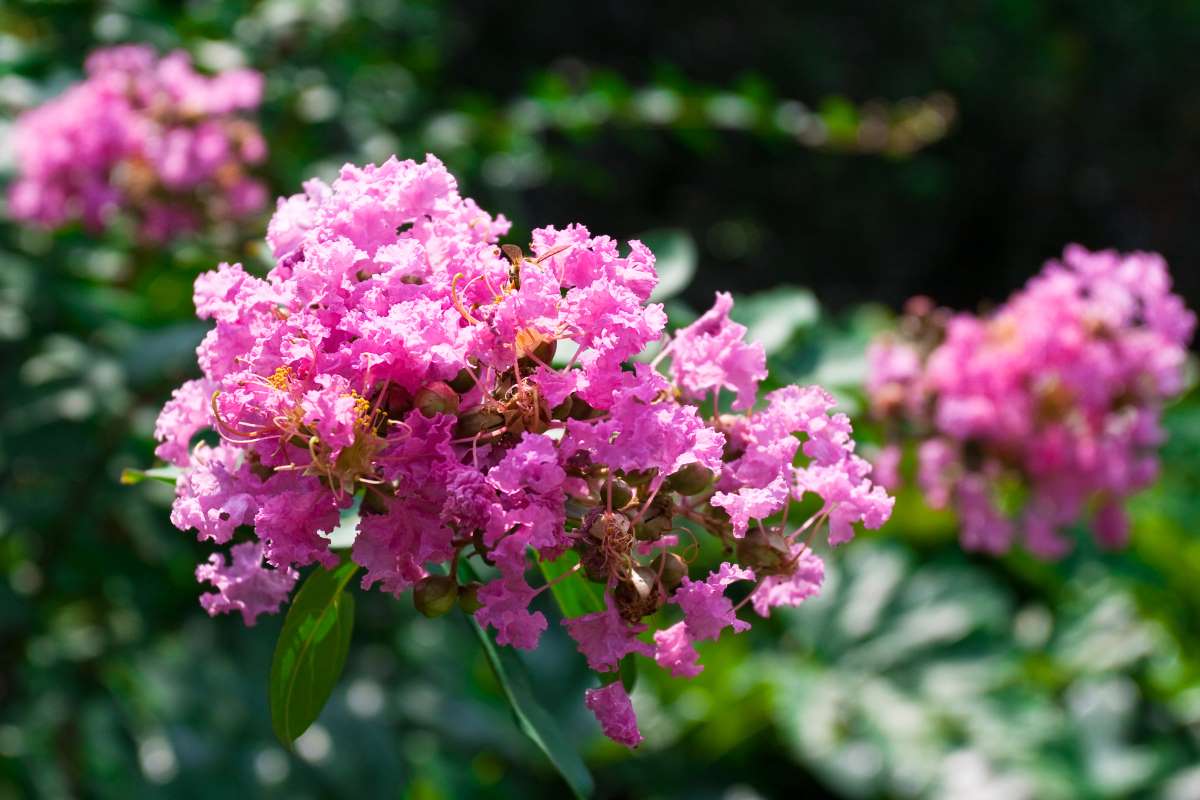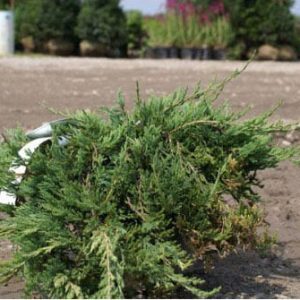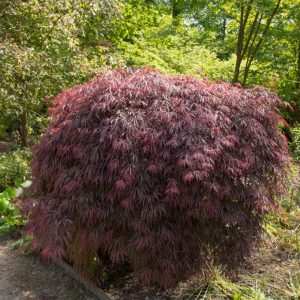Description
Lagerstroemia – Crape Myrtle – Crepe Myrtle –
There are about 53 species of deciduous or evergreen shrubs and trees in this genus. They occur in deciduous woodland, often near rivers in warm temperate and tropical regions from Southeastern Asia to Northern Australia. They are grown for their conical, brightly colored panicles of flowers in shades of pink, mauve and white, with characteristic 5 crinkled petals, and for their often smooth, peeling bark. The leaves vary greatly in shaped within the genus, but are usually opposite. Where marginally hardy, grow against a warm, sunny wall. In warmer climate, grow as specimens, in group plantings, or as a hedge or screen.
Grow in moderately fertile, humus rich, well drained soil in full sun. Shelter from strong winds.
Prone to dieback, powdery mildew, aphids, scale insects, mealybugs, and whiteflies.
L. speciosa – L. flos-reginae – Giant Crape Myrtle – Pride of India – Queen’s Flowers – This spreading, freely branching, evergreen or deciduous, single stemmed tree from tropical Asia grows 30-80′ feet tall and 15-30′ feet wide It has peeling, gray-yellow bark. It produces ovate to elliptic-oblong, shiny leaves, 3-8″ long, are gray above, sepia-flushed beneath and turn copper red in fall. From spring to autumn it bears erect, open panicles, to 16″ long,, of many pink, mauve, purple, or white flowers, to 3″ wide.
Zones 9-10





